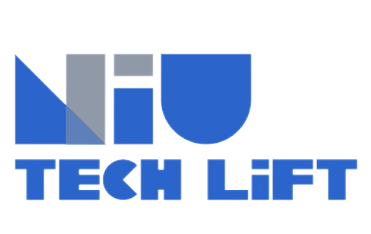
Milestones in Elevator Design: Key Innovations That Transformed the Industry
Elevator design has evolved through groundbreaking innovations like Otis’s safety brake, electrification, computerization, and IoT integration, driven by the need for safety, efficiency, and sustainability in urban environments459.
The evolution of elevators is a story of ingenuity and technological leaps that reshaped urban living. From rudimentary lifting devices to AI-powered smart systems, elevator design has undergone transformative breakthroughs. Here are the pivotal milestones that redefined the industry.
1. Early Mechanical Systems (Ancient Times–1850s)
The concept of vertical transportation dates back to ancient civilizations. In 236 BC, Greek engineer Archimedes created a hoisting device using pulleys and ropes, an early precursor to elevators13. By the 18th and 19th centuries, steam-powered lifts emerged, but safety remained a critical issue. In 1853, Elisha Graves Otis revolutionized the industry with his safety brake, demonstrated at the New York World’s Fair. This mechanism prevented free-fall accidents if cables snapped, making passenger elevators viable415.
2. Electrification and Automation (1880s–1950s)
The shift from steam to electricity marked a new era. In 1880, Werner von Siemens introduced the first electric elevator, enabling faster and more reliable vertical transport13. By the early 20th century, innovations like automatic doors (1889) and push-button controls replaced manual operation, improving convenience4. The double-deck elevator, introduced in the 1930s, optimized space in skyscrapers, while automatic leveling systems (1950s) ensured precise stops515.
3. The Computer Age (1960s–1990s)
The integration of computer technology revolutionized elevator efficiency. In 1967, thyristor controls enabled smoother acceleration and energy savings5. The first microprocessor-controlled elevator (1976) allowed for advanced features like destination dispatch and traffic optimization5. By the 1980s, traction systems replaced hydraulic designs in high-rises, reducing energy use by up to 50%59.
4. Modern Innovations (2000s–Present)
Today’s elevators prioritize sustainability and smart connectivity. Regenerative drives, which recycle energy during descent, cut power consumption by 30%5. IoT-enabled predictive maintenance uses sensors to anticipate failures, minimizing downtime5. The rise of ultra-compact micro-elevators addresses urban space constraints, while linear motor systems (e.g., maglev elevators) enable cable-free, multi-directional movement in supertall buildings59.
5. Sustainability and Future Trends
Green design is now central to elevator innovation. Eco-friendly materials (e.g., recycled steel) and low-noise systems reduce environmental impact5. Emerging concepts like solar-powered elevators and AI-driven crowd management aim to further enhance efficiency and user experience59.
Conclusion
From Otis’s safety brake to AI-driven smart elevators, each milestone has addressed critical challenges—safety, efficiency, space, and sustainability. These innovations not only transformed buildings but also redefined urban lifestyles, proving that elevator design is a cornerstone of modern infrastructure.
